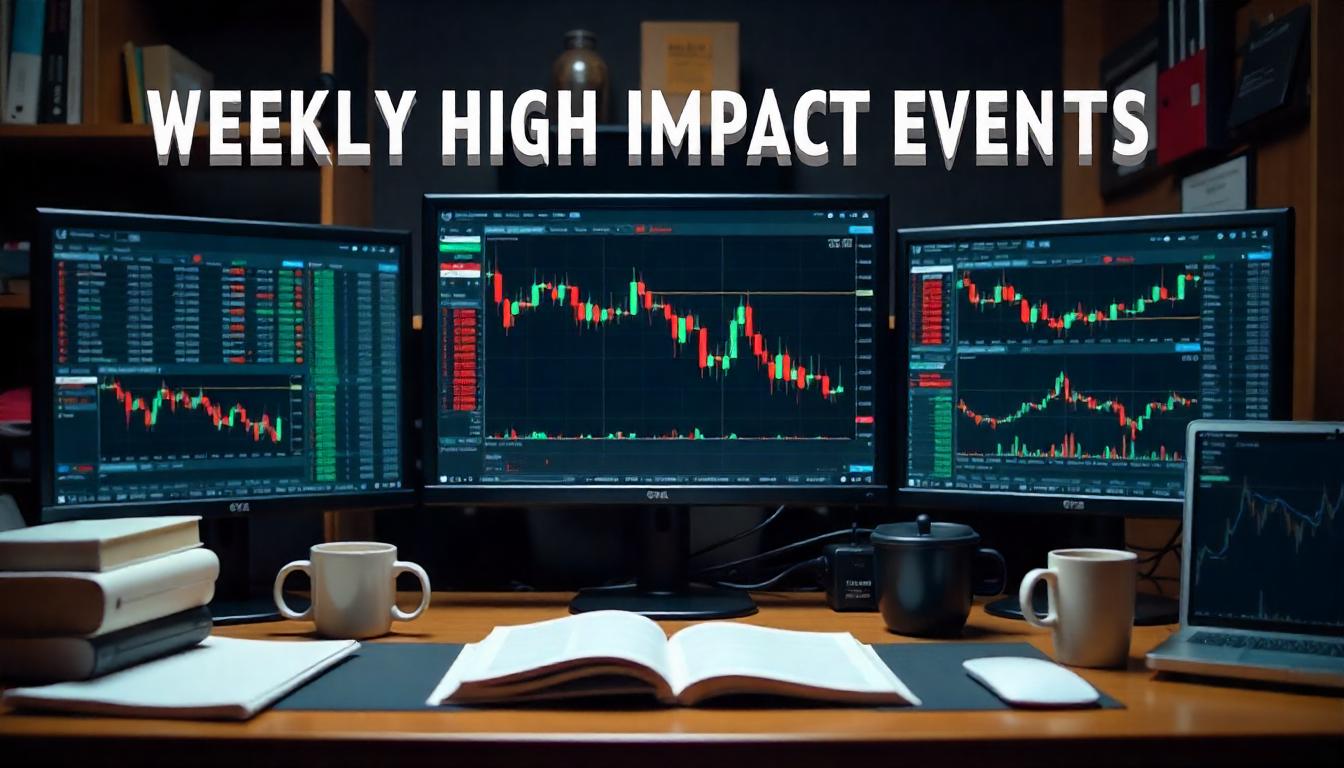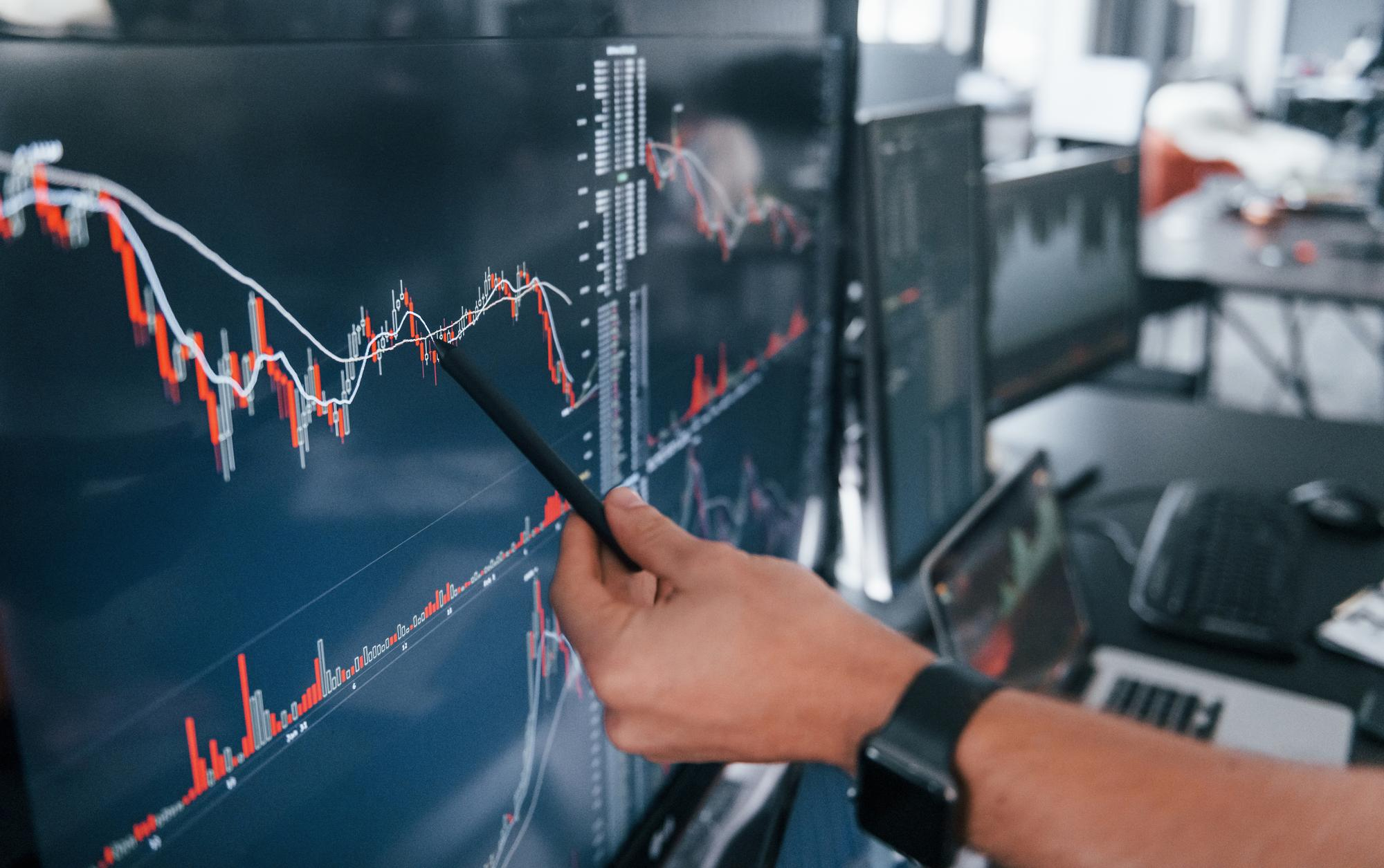In the world of trading, timing is everything. Every week, major economic updates shape how markets move—and this week is no exception. Traders should prepare for fresh insights from the latest flash Purchasing Managers’ Index (PMI) readings for April and keep an eye on evolving global trade policies. These developments could shift market trends, impact currency values, and influence trading decisions.
Whether you’re just getting started or already trading with Vestrado, understanding these events can help you make smarter, more confident choices.
Services vs. Manufacturing: Understanding the Economic Split
Why PMI Data Matters for Traders
The Purchasing Managers’ Index (PMI) is one of the most closely watched indicators in the financial world. This week, both manufacturing and services PMIs will give us a glimpse of how businesses are doing. Are they expanding? Slowing down? Hiring more? Cutting back?
These indicators are like early warning systems. They show us what’s happening before official data like GDP or employment reports are released.
Services Keep Growing, But Can It Last?
For several months now, the services sector has been the stronger of the two. While factories and manufacturers have struggled with supply chain problems, rising input costs, and soft global demand, the services sector—think hospitality, healthcare, education, and IT—has kept expanding.
But the big question this week is: Can services stay strong while manufacturing tries to catch up?
If the data shows that both sectors are performing well together, it might mean the economy is stabilizing. But if manufacturing keeps falling behind, we could see rising pressure on jobs, inflation, and business confidence.
What to Watch in the PMI Reports
As a trader, here’s what you need to pay attention to when PMI numbers come out:
- New Orders: Are businesses getting more contracts and demand?
- Employment: Are companies hiring or letting go of staff?
- Input Prices: Are costs going up for businesses?
- Output Prices: Are they charging customers more?
All of this affects inflation—and inflation impacts interest rates. And as every Vestrado trader knows, interest rate expectations move the forex market.
Global Trade & Tariff Developments: A Risk Traders Can’t Ignore
Why Trade Policy Changes Matter
Besides PMI data, traders also need to keep an eye on global trade developments. In recent weeks, governments around the world have been talking about tariffs—taxes on imports and exports that can shake up entire industries.
When tariffs go up, it becomes more expensive to do business across borders. This affects everything from raw materials to finished products—and eventually, it trickles down to consumer prices and company profits.
Which Industries Are Most Affected?
Not all industries are impacted equally. Those with heavy international supply chains are the most vulnerable:
- Technology companies that rely on parts from overseas
- Industrial manufacturers that ship goods globally
- Consumer products that are sold across borders
Traders need to monitor these sectors closely. News about tariffs can cause sudden price swings in related stocks, currencies, and commodities.
Durable Goods Orders: A Trade-Related Data to Watch
On Thursday, the U.S. will release its Durable Goods Orders data. This report tells us how much businesses are spending on long-term equipment—like machines, tools, and vehicles.
If this number is weak, it might suggest that companies are holding back because of trade uncertainty or rising costs from tariffs. That could be a warning sign for broader economic slowdown.
Market Sentiment and Volatility: What This Means for Traders
Together, PMI readings and trade news shape something called market sentiment—the mood or outlook of investors.
If traders expect better times ahead, they buy more assets. If they’re worried, they sell. These decisions create volatility, especially in forex and commodities. As a Vestrado user, this is your window of opportunity.
When markets move, there’s money to be made—if you have the right strategy.
How Vestrado Helps You Navigate Economic Events
At Vestrado, we believe trading should be simple and accessible—even during busy weeks like this one. Here’s how our platform supports you:
- Real-time news alerts on market-moving events
- Economic calendar that highlights upcoming high-impact data
- In-app chart tools to track how PMIs or trade news affect currencies
- Demo accounts so you can practice trading without risk before jumping in
If you’re not sure where to start, our support team is here to guide you every step of the way.
What Should You Do This Week?
Here’s a simple checklist for Vestrado traders:
- Mark your calendar for Wednesday’s PMI data and Thursday’s Durable Goods report
- Check major currency pairs like EUR/USD, GBP/USD, and USD/JPY—they tend to react the most
- Watch trade-related sectors like tech, manufacturing, and consumer goods
- Stay updated on tariff headlines—they can surprise the market
- Don’t panic—plan your trades and use stop-loss tools wisely
Even if you’re a beginner, being aware of what’s moving the market gives you a clear advantage. And Vestrado is built to help you trade smarter, not harder.
Trade With Confidence, Not Guesswork
Big economic events can seem overwhelming. But with the right tools and the right mindset, they become opportunities—not threats.
At Vestrado, we simplify trading so you can focus on what matters: making good decisions. Whether you’re reacting to PMI surprises or positioning yourself around trade headlines, we’re here to help you succeed.
Ready to put this knowledge into action? Sign up or log in to Vestrado today—practice on demo, trade live when ready, and take control of your financial journey.





